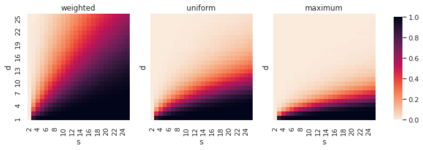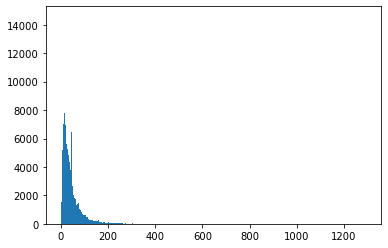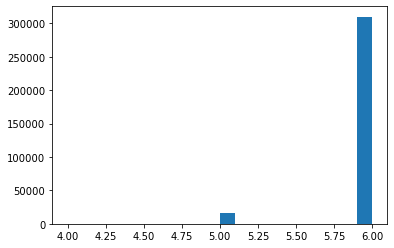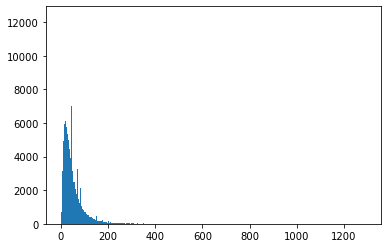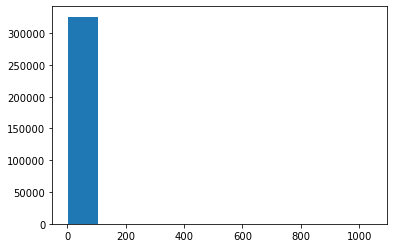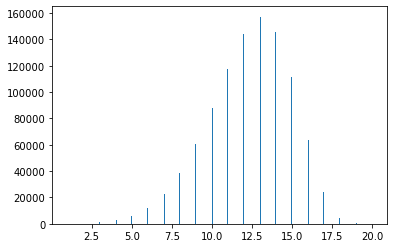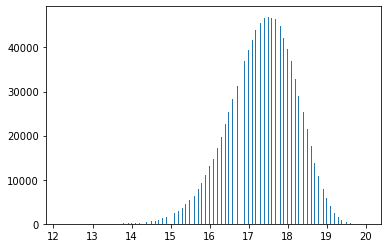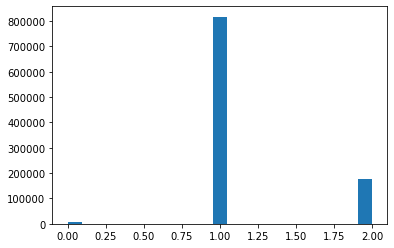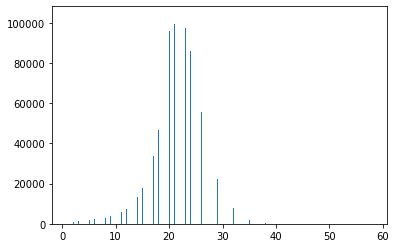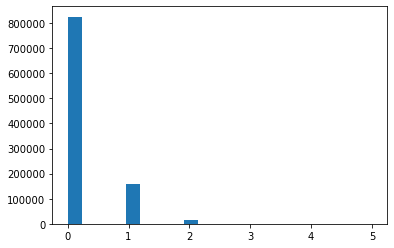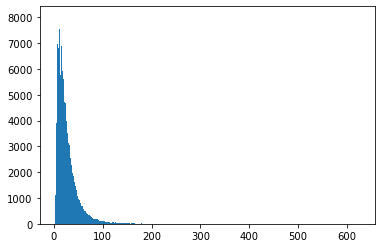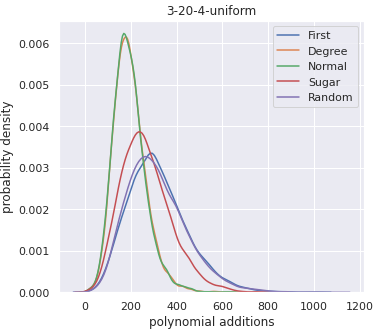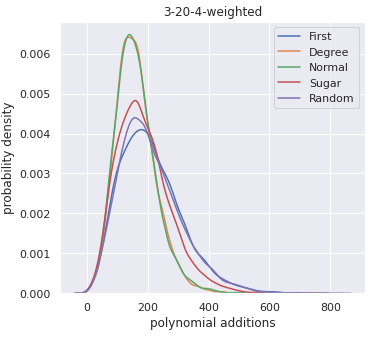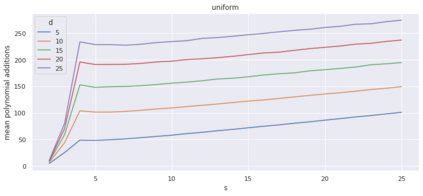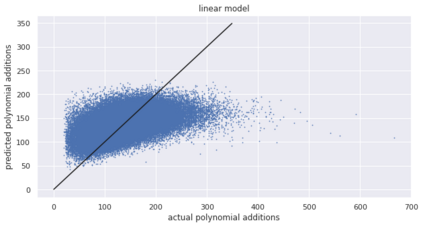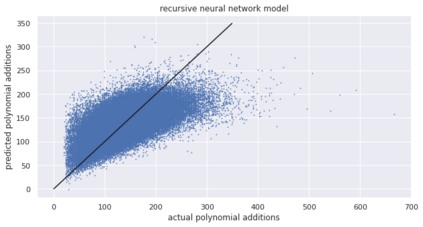What can be (machine) learned about the complexity of Buchberger's algorithm? Given a system of polynomials, Buchberger's algorithm computes a Gr\"obner basis of the ideal these polynomials generate using an iterative procedure based on multivariate long division. The runtime of each step of the algorithm is typically dominated by a series of polynomial additions, and the total number of these additions is a hardware independent performance metric that is often used to evaluate and optimize various implementation choices. In this work we attempt to predict, using just the starting input, the number of polynomial additions that take place during one run of Buchberger's algorithm. Good predictions are useful for quickly estimating difficulty and understanding what features make Gr\"obner basis computation hard. Our features and methods could also be used for value models in the reinforcement learning approach to optimize Buchberger's algorithm introduced in [Peifer, Stillman, and Halpern-Leistner, 2020]. We show that a multiple linear regression model built from a set of easy-to-compute ideal generator statistics can predict the number of polynomial additions somewhat well, better than an uninformed model, and better than regression models built on some intuitive commutative algebra invariants that are more difficult to compute. We also train a simple recursive neural network that outperforms these linear models. Our work serves as a proof of concept, demonstrating that predicting the number of polynomial additions in Buchberger's algorithm is a feasible problem from the point of view of machine learning.
翻译:如何( 机器) 了解 Buchberger 算法的复杂程度?? 根据一个多式算法系统, Buchberger 的算法计算了这些多式算法的理想基础的Gr\ “ obner 基础 ” 。 这些多式算法使用基于多变量长的迭代程序生成。 每一步算法的运行时间通常都由一系列多式加法决定, 而这些加法的总数是硬件独立性能衡量标准, 通常用来评估和优化各种执行选择。 在这项工作中, 我们试图利用刚开始的输入, 来预测在一次 Buchberger 算法过程中出现的多式多式加数。 良好的预测对于快速估计困难和理解使 Gr\ “ obner 基础” 计算硬性。 我们的特性和方法也可以用于强化学习方法中的价值模型, 优化Buchberger 的算法, 在[ Peifer, Stillman, 和 Halperen- Lestan, 2020] 中引入的硬件 。 我们的多个线性回归分析模型所建的多线性分析模型, 也比我们的理想化的模型的模型更能更能更精确化的模型, 更能更精确化的计算。 。

